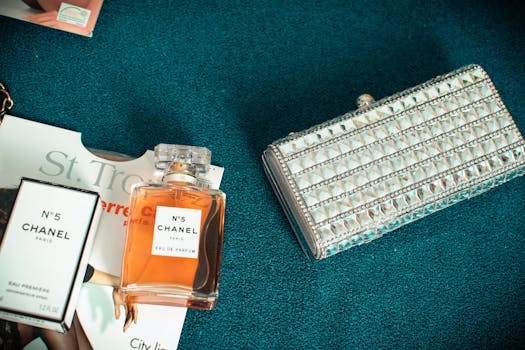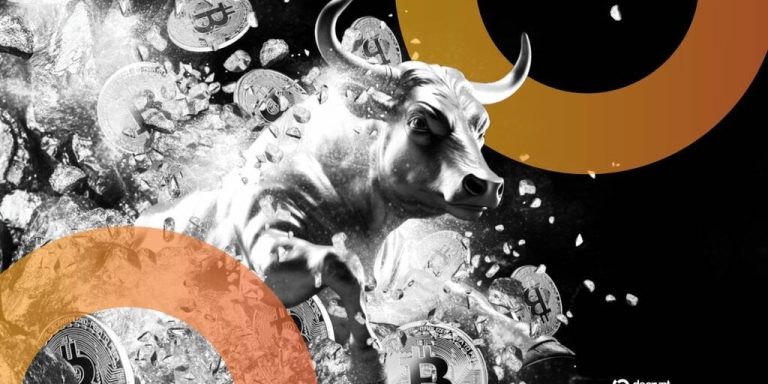
Fashion History: Iconic Styles That Shaped the Industry
Takeaways: Fashion has evolved significantly over the centuries, with various styles emerging that reflect cultural, social, and political changes. This article delves into iconic fashion styles from different eras, highlighting their impact on the industry and society.
Fashion is a dynamic and ever-evolving form of expression that mirrors the times in which we live. Throughout history, various styles have emerged, each signaling a shift not just in clothing but also in societal norms and values. In this article, we will explore some of the most iconic styles that have shaped the fashion industry, influencing designers and trends for generations.
The Victorian Era: Elegance and Modesty
The Victorian era (1837-1901) was a time marked by strict social codes and a focus on modesty. Women’s fashion during this period was defined by elaborate dresses with corsets, petticoats, and layers of fabric. The silhouette was characterized by its hourglass shape, emphasizing the waist. Fabrics like silk, lace, and velvet were commonly used, showcasing intricate designs and detailed craftsmanship.
Men’s fashion also underwent a transformation in the Victorian era. Tailcoats, waistcoats, and trousers became the norm, with an emphasis on tailored fits. The use of accessories such as hats and gloves was important for both genders, symbolizing social status and respectability.
This era’s fashion reflected the values of restraint and propriety, but it also marked the beginning of the fashion industry as we know it today, with the rise of department stores and fashion magazines that began to influence public taste.
The Roaring Twenties: Flapper Style and Liberation

Flappers embraced a lifestyle of independence and fun, often seen in jazz clubs and dancing the Charleston. This style was not just about clothing; it represented a shift in societal roles, challenging traditional expectations of femininity.
Men’s fashion also evolved with the popularity of the three-piece suit, featuring a more relaxed fit and lighter fabrics. Accessories like fedoras and ties became essential elements of men’s wardrobes, symbolizing sophistication and style.
The 1960s: Revolution and Individualism

On the other hand, the hippie movement embraced a more relaxed, bohemian style, focusing on comfort and freedom. Bell-bottoms, tie-dye shirts, and ethnic prints became popular, reflecting a rejection of conventional values and a desire for peace and love.
This era also witnessed the introduction of iconic figures like Mary Quant, who popularized the miniskirt, and Yves Saint Laurent, who brought the tuxedo jacket to women’s fashion, blurring the lines between gendered clothing.
The Punk Movement: Rebellion and Raw Aesthetics

Punk was not just a fashion statement; it was a cultural movement that advocated for anti-establishment views and individual expression. The punk style has continued to influence fashion, inspiring designers and subcultures even today.
Conclusion








